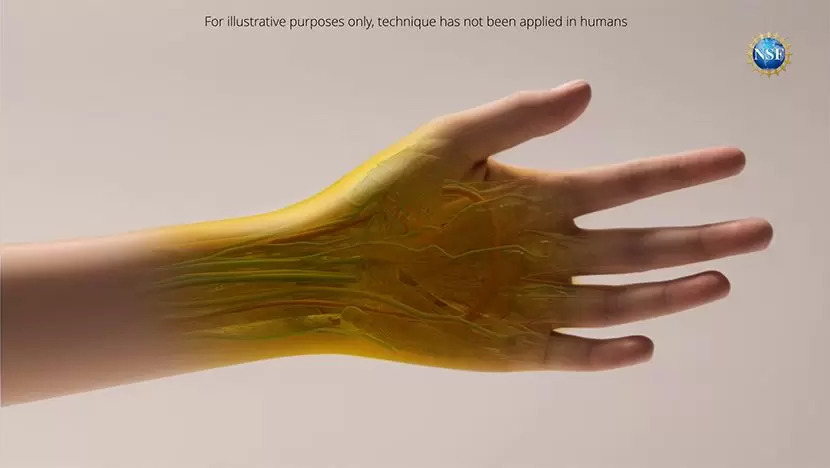Scientists Make Skin Transparent
In a stunning scientific breakthrough, researchers at Stanford University have developed a technique to render skin transparent, offering a literal window into the human body. This revolutionary method, which uses a common food dye, could transform medical diagnostics and treatments across a wide range of fields.
The Invisible Mouse Experiment
Imagine a mouse whose skin suddenly becomes see-through, revealing the intricate network of blood vessels beneath. This isn't science fiction, but a reality achieved by Stanford scientists. By applying a solution containing tartrazine - better known as Yellow 5 food coloring - researchers were able to make mouse skin temporarily transparent, allowing them to observe blood vessels in the brain and even the movement of internal organs.
How It Works
The secret lies in the physics of light. Our skin appears opaque because its various components - fats, proteins, and cellular fluids - scatter light in different ways. The researchers found that tartrazine, when absorbed into tissues, can match these different refractive indices, allowing light to pass through unimpeded.
From Chicken Breast to Living Mice
The team's journey began with experiments on thin slices of chicken breast. As they increased the concentration of tartrazine, the meat gradually became transparent. Emboldened by this success, they moved on to living mice, gently rubbing the solution onto their scalps and abdomens. The results were astonishing - blood vessels in the brain became visible, and researchers could even observe intestinal contractions and movements caused by heartbeats and breathing.
Potential Medical Applications
This groundbreaking technique opens up a world of possibilities in medicine:
- Making veins more visible for blood draws
- Improving laser-based tattoo removal
- Enhancing early detection and treatment of cancers
- Allowing deeper penetration of light-based therapies
The Science Behind the Magic
The researchers' success was rooted in a deep understanding of optics, drawing on concepts like Kramers-Kronig relations and Lorentz oscillation. These principles, well-known in physics but not previously applied to medicine in this way, allowed the team to predict how different dyes would interact with biological tissues.
This achievement was the result of a collaborative effort involving 21 students, researchers, and advisors. The team made use of both cutting-edge technology and older equipment, including a decades-old ellipsometer that proved crucial for predicting the optical properties of dyes.
Looking to the Future
While the technique has not yet been tested on humans, the potential applications are vast. The researchers hope their work will spark a new field of study, matching dyes to biological tissues based on optical properties.
As we stand on the brink of this new frontier in medical imaging, one thing is clear: the future of medicine may be more transparent than we ever imagined.

